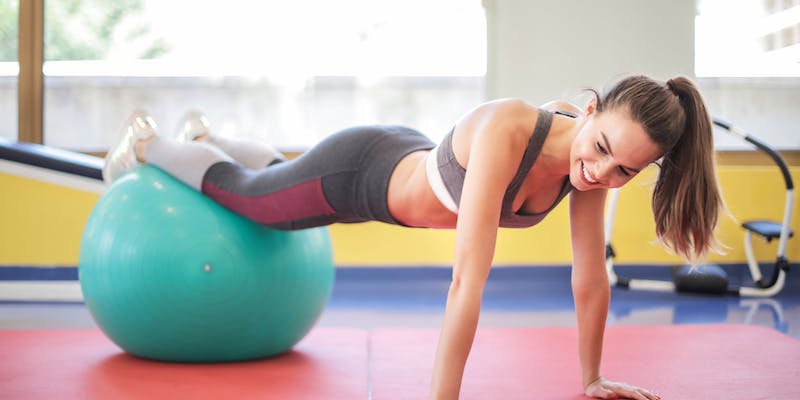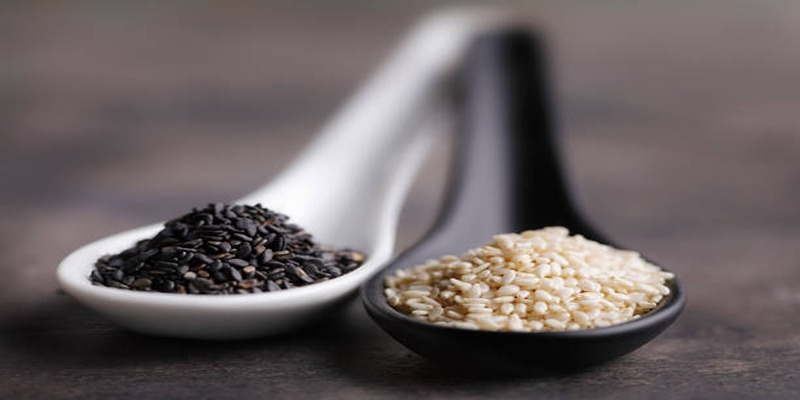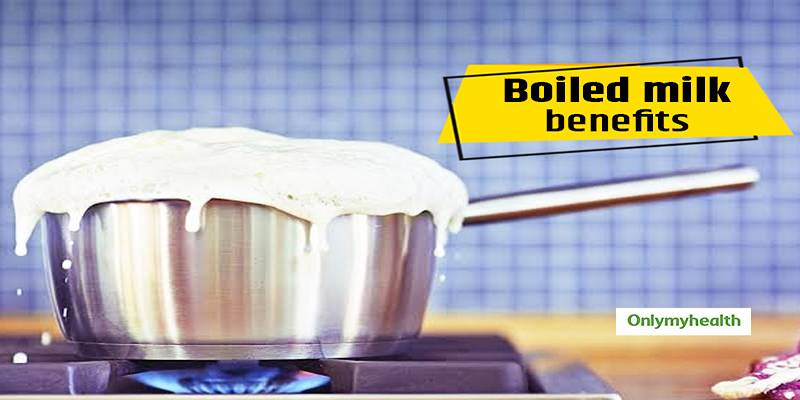Strategies for Restoring Calf Strength Post-Achilles Injury
Aug 11, 2024 By Nancy Miller
Recovering from an Achilles injury can be a challenging journey, particularly when it comes to regaining strength in the calf muscles. The calf plays a crucial role in movement, balance, and overall athletic performance. Following an injury, it is essential to understand the appropriate strategies for restoring strength to prevent further damage and enhance recovery. This involves a combination of physical therapy, targeted exercises, and gradual progression to ensure a safe return to full activity. The following sections will explore effective techniques to rehabilitate the calf muscles post-injury, emphasising the importance of patience and consistency during the healing process. With the right approach, individuals can regain their strength and confidence, paving the way for a successful return to sports and daily activities.
1. Gradual Weight Bearing
Gradual weight bearing is a fundamental aspect of calf strength restoration after an Achilles injury. It involves slowly increasing the load on the injured limb to enhance muscle engagement and promote healing. This process should be approached with caution, ensuring that each step is manageable and does not cause pain or discomfort. By progressively challenging the muscles and joints, individuals can rebuild strength while minimising the risk of re-injury.
- Start with Non-Weight Bearing Activities: Begin with exercises that do not put weight on the injured tendon, such as seated or lying leg lifts.
- Use Assistive Devices: Employ crutches or a walking boot to provide support and gradually reduce reliance on them as strength improves.
- Introduce Open-Chain Exercises: As comfort increases, incorporate exercises like ankle pumps and toe taps while seated or lying down to engage the calf muscles without full weight bearing.
- Progress to Partial Weight Bearing: Transition to standing exercises while holding onto a stable surface for balance, such as a counter or wall, gradually increasing the amount of weight placed on the injured leg.
- Incrementally Increase Weight Loads: Once comfortable, add lightweight resistance exercises such as calf raises on both the injured and uninjured sides, focusing on controlled movements.
2. Stretching Exercises 
Stretching exercises play a vital role in the rehabilitation of calf strength after an Achilles injury, as they help improve flexibility and prevent stiffness in the muscles and tendons. By incorporating a variety of stretching techniques into the recovery routine, individuals can enhance their range of motion and prepare the calf muscles for more advanced strengthening exercises. It is important to perform these stretches gently and avoid pushing to the point of pain, ensuring a safe and effective recovery process.
- Calf Stretch Against a Wall: Stand facing a wall, place your hands on it, and step one foot back while keeping it straight. Bend your front knee and lean into the wall until you feel a stretch in the calf of the back leg, holding for 15-30 seconds.
- Heel Drop Stretch: Begin by standing on a step with your heels extending beyond the edge. Slowly lower your heels below the level of the step and maintain this position for 15 to 30 seconds. This exercise effectively stretches the gastrocnemius and soleus muscles, promoting flexibility and strength.
- Dynamic Calf Stretch: While standing, alternately raise your heels off the ground in a controlled manner, shifting your weight from side to side to increase blood flow and flexibility in the calf muscles. Repeat for 1-2 minutes.
3. Resistance Training
Resistance training is an essential component in rebuilding calf strength following an Achilles injury. By incorporating resistance exercises, individuals can effectively increase muscle strength, enhance endurance, and support the overall rehabilitation process. It is crucial to start with light resistance and focus on proper form to prevent any undue stress on the recovering tendon. As strength improves, gradually increasing resistance can provide further benefits and help in regaining pre-injury performance levels.
- Begin with Bodyweight Exercises: Start by performing calf raises using only body weight, ensuring steady and controlled movements.
- Use Resistance Bands: Incorporate resistance bands for added challenge. Try seated or standing calf raises while holding the band for extra tension.
- Introduce Dumbbells: Once comfortable, add lightweight dumbbells to the exercises, performing calf raises with the weights held at your sides.
- Progress to Barbell Calf Raises: When ready, transition to barbell calf raises, ensuring youre stable and maintain proper form throughout the movement.
- Incorporate Machines: Use gym equipment specifically designed for calf raises, adjusting weights according to individual strength and comfort levels.
4. Balance and Stability Work 
Balance and stability work is crucial for recovering calf strength post-Achilles injury, as it helps to enhance proprioception and overall coordination. By improving balance, individuals can restore confidence in their movements, reduce the risk of future injuries, and promote functional performance. Exercises that challenge one's balance can also engage multiple muscle groups, further aiding in rehabilitation and strengthening.
To achieve better balance and stability, consider the following strategies:
- Single-Leg Stands: Stand on one leg while maintaining your balance. Hold for 10-30 seconds, then switch to the other leg. For added difficulty, try closing your eyes or standing on a soft surface.
- Bosu Ball or Balance Board: Use tools like a Bosu ball or balance board to perform squats or lunges. This adds an element of instability, engaging core and calf muscles more effectively.
- Dorsiflexion Exercise: While sitting, with your feet flat on the floor, lift your toes upwards while keeping your heels grounded. This strengthens the muscles needed for stability.
- Incorporate Yoga or Pilates: Engage in sessions that focus on balance and flexibility, such as yoga or Pilates, to improve overall body awareness and strength.
5. Consistent Recovery Practices
Consistent recovery practices are fundamental to ensuring that the rehabilitation process for calf muscles post-injury is effective and long-lasting. By integrating a routine that incorporates exercises, stretches, and self-care strategies, individuals can not only improve their recovery outcomes but also foster a proactive approach to their overall physical health. Establishing consistency in these practices aids in maintaining momentum throughout the recovery journey, ultimately leading to a more successful transition back to sports and daily activities.
- Create a Structured Schedule: Plan specific days and times for exercises, stretching, and rest to create a sense of routine.
- Set Realistic Goals: Establish manageable short-term and long-term goals to keep motivation high, ensuring they are SMART (Specific, Measurable, Achievable, Relevant, Time-bound).
- Track Your Progress: Keep a journal or log to monitor improvements and setbacks, helping to identify patterns and adjust routines as needed.
- Stay Hydrated and Eat Well: Maintain a balanced diet rich in vitamins and minerals to support healing and muscle recovery.
- Listen to Your Body: Pay attention to signs of pain or fatigue, allowing for rest days when necessary to prevent further injury.
- Incorporate Rest and Recovery Techniques: Utilize practices such as foam rolling, ice baths, or compression therapy to aid in recovery between workouts.
Final Thoughts!
Recovering calf strength following an Achilles injury requires a comprehensive approach that includes stretching, resistance training, balance work, and consistent recovery practices. By meticulously following a structured rehabilitation plan, individuals can effectively restore muscle strength, enhance flexibility, and improve overall functional capacity. Prioritising these exercises and strategies not only aids in the healing process but also helps prevent future injuries and fosters a robust foundation for returning to physical activities. Remember that progress may vary, so its essential to listen to your body, remain patient, and consult with healthcare professionals for guidance, ensuring a safe and successful recovery journey. Consistency, dedication, and a positive mindset are key to achieving your rehabilitation goals.

4 Key Nutrients That Might Be Blocking Your Body's Calcium Absorption

Essential Ball Exercises for Beginners: Boost Balance and Core

The Magic of Black Sesame Seeds for Your Wellness

30 Delicious Low Carb Snacks You Can Enjoy Anytime

Exploring Health Benefits of Boiling Water

Shifting Perspectives on Weight Loss: A 2024 Approach

The Proven Health Advantages of Cinnamon: A Comprehensive Guide


